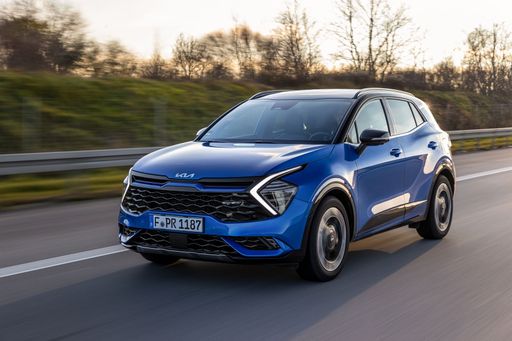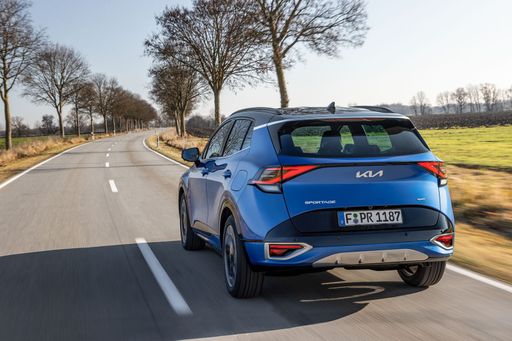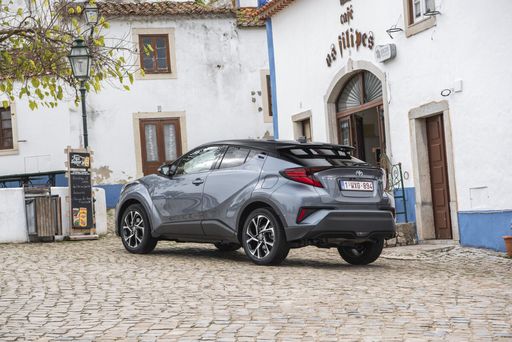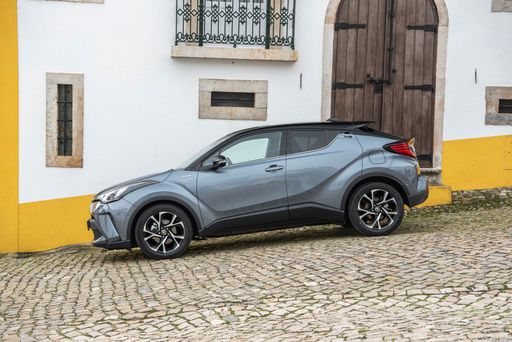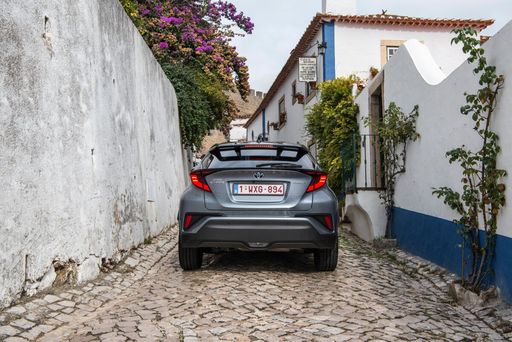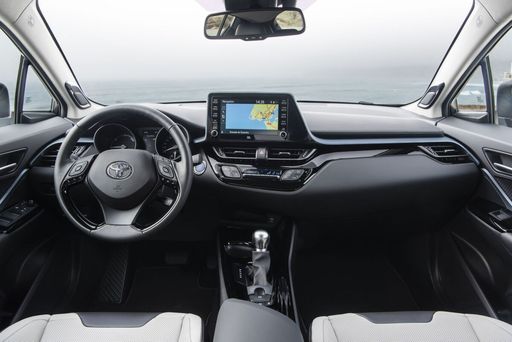Kia Sportage vs Toyota C-HR: The Ultimate SUV Showdown
In the competitive world of compact SUVs, the Kia Sportage and Toyota C-HR stand out with their unique offerings and technological innovations. Both vehicles cater to a growing market that values versatility, efficiency, and the latest features. In this comparison, we will delve into their specifications, innovations, and what makes each car shine in its own right.


